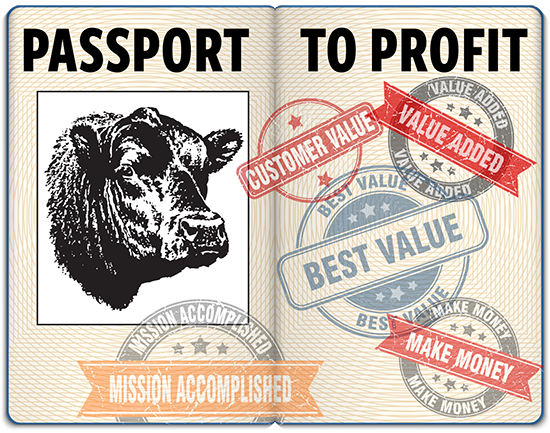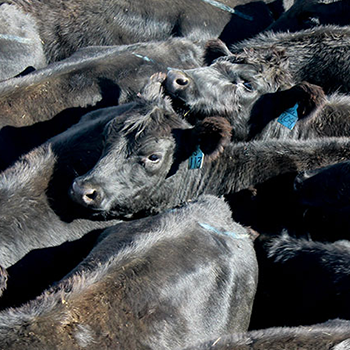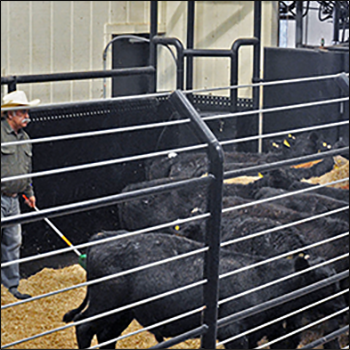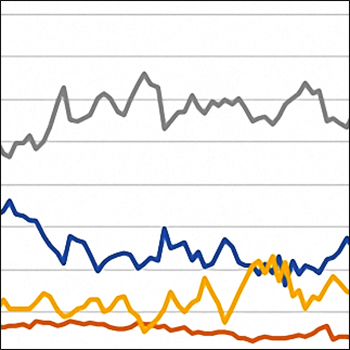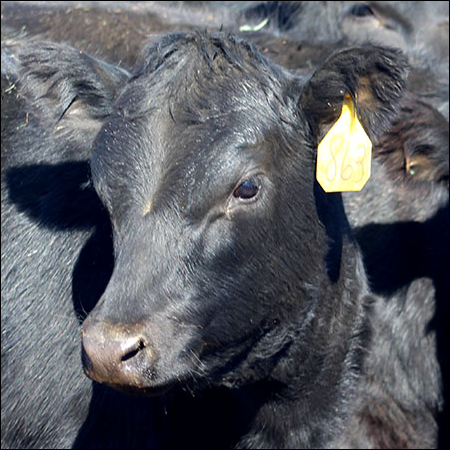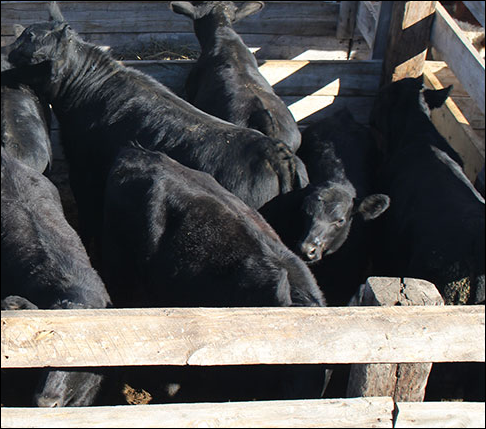
Limited Winter Feed Supply?
OSU offers resource for tips on managing cows when forage availability is limited.
Some cow-calf producers of the Midwest and Southwest are going into winter with very limited hay supplies and standing forage. Considering alternative methods to keep cows in adequate body condition this winter, some were planning on wheat pasture that so far has not received enough rain to grow. It has become time to look for Plan B (or C or D). Most of the alternatives after wheat pasture either are not easy or are expensive.
Information that may provide guidelines for alternative winter feeding methods can be found in an Oklahoma State University (OSU) Extension Fact Sheet: ANSI-3034 called “Management of Cows with Limited Forage Availability”. In this fact sheet you will find:
- culling suggestions;
- recommendations about how much hay is needed if it is to be purchased;
- tips for limit-feeding grain with limited forage available;
- suggested complete diets for cows fed in drylot;
- tips for managing the feeding of concentrates; and
- tips for limit-feeding hay.
Some of the suggestions in the fact sheet require great skill and discipline on the part of the herd manager. Limiting the time that cows have access to hay bales has been studied at a couple of upper Midwest land-grant universities. The hay usage has been reduced in these studies with minimal effects on cow weight change and condition change. However, it must be noted that high-quality hay (ranging from 9.5% to 17% crude protein) was utilized in these studies. Hay with lower protein content (less than 8% crude protein) could not meet the needs of third-trimester cows if intake were restricted. Therefore, more supplemental feed would be required to help cows maintain body condition through the winter.
Also remember that additional labor would be required to move cows each day to and from the hay feeding area. A summary of the studies on limit-feeding of hay can be found in Britt Hicks’ newsletter written during the drought of 2011.
As you read the fact sheet (ANSI-3034), be reminded that feed handling equipment, feedbunks, and well-fenced lots or sacrifice pastures are necessary for many of these alternatives. Study the lesson extensively before undertaking some of these alternatives. The price of many grain-based diets must be considered, as well as the management challenges. Read Oklahoma State University Extension Fact Sheet ANSI-3034 before winter sets in.
Editor’s note: Glenn Selk is emeritus extension animal scientist at Oklahoma State University, and is a regular contributor to OSU’s Cow-Calf Corner newsletter, from which this is reprinted with permission.
